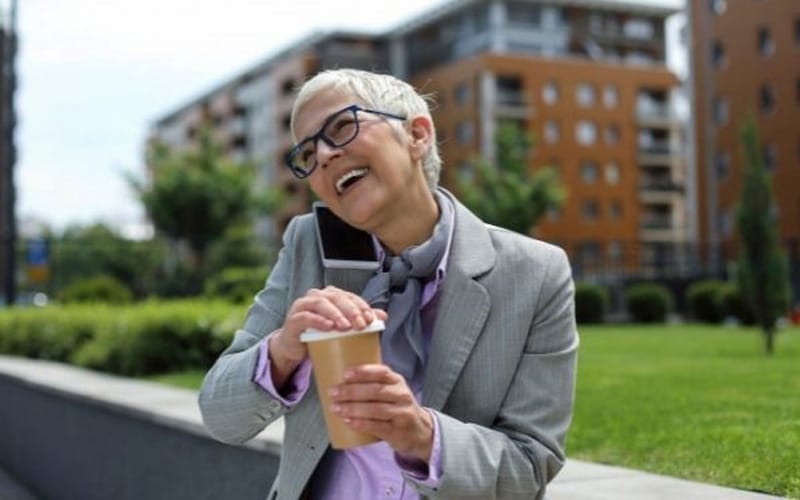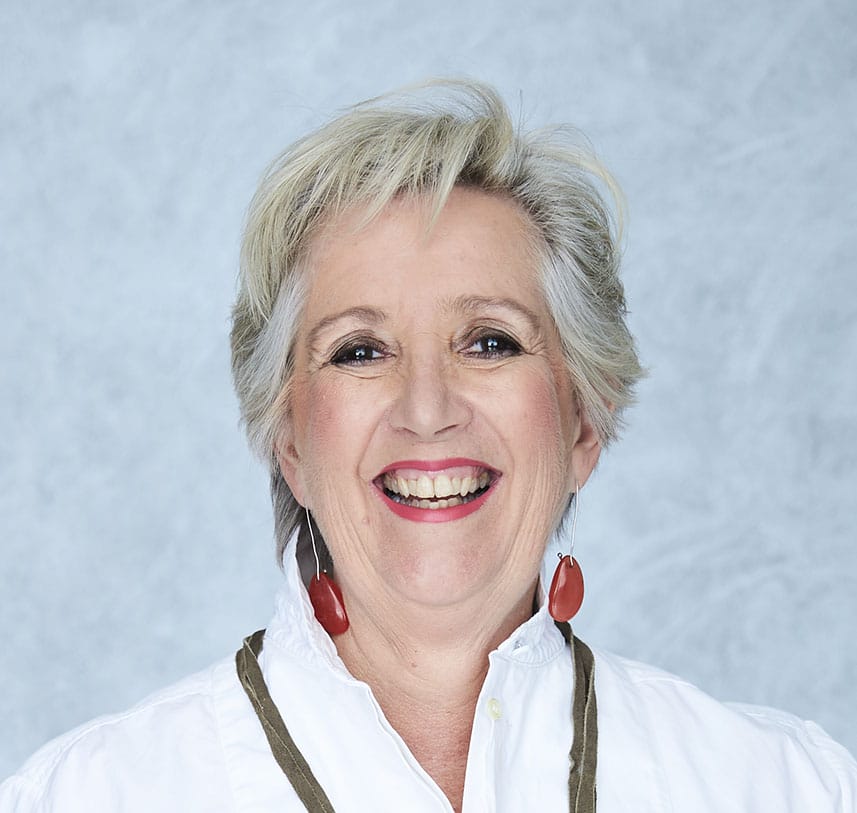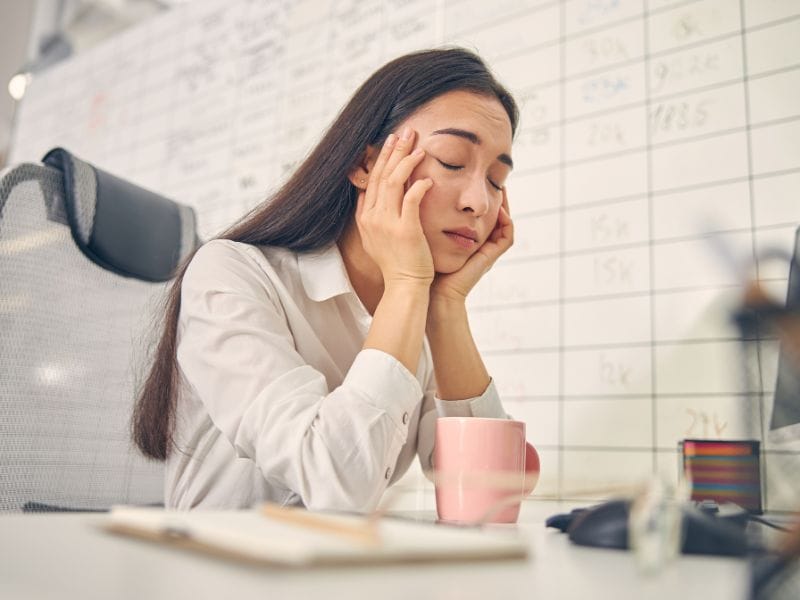Jane Caro AM is a Walkley Award winning Australian columnist, author, novelist, broadcaster, documentary maker, feminist and social commentator.
All of life is an adventure. Every stage of it brings new perspectives and experiences and getting older is no different. Ageing is – in many ways – delightful. There is a calm that comes with having lived for many decades, a recognition that what you have got is probably all you are going to get and, for many of us, that turns out to be just fine – as long as we are not actually on the breadline or struggling to keep a roof over our heads, but more about that later. I have learnt that it is often the striving for more that creates the angst, not the failure to get it.
But ageing is also difficult. There is the difficulty that naturally attends the recognition that death is not theoretical and will happen, not just to you, but to all your peers and everyone you know and love. There is the difficulty associated with the fact that time takes its toll, our flesh does weaken, we tire more easily and we ache more often. But these unavoidable problems (you can slow the decline but not stop it I have discovered) are compounded by ageism.
And, of course, just like every other stage of life, ageism has a disproportionate impact on women.
It kicks in earlier for a start. Women are considered old much earlier than men. Just look at Hollywood films any time over the last 50 years or so. Age gaps of more than 20 years between the leading man and his love interest are so common as to be unexceptional. Sean Connery was 39 years older than his co-star Catherine Zeta Jones when they made ‘Entrapment’! No one raised an eyebrow. The speed with which women are considered ‘old’ is even worse when casting is the other way round. When Anne Bancroft was cast as the older woman who silkily seduces a naïve young Dustin Hoffman in ‘The Graduate’, she was actually only six years older than the so-called ‘boy’ she was bedding. When Sally Field played Forest Gump’s mother in the film of the same name she was 47 to Tom Hanks 38. Now, maybe this is a tribute to Bancroft and Field’s ability as actors, but, nevertheless, our blithe acceptance of women in their 40s as ‘old’ and men in their 60s (69 in Connery’s case) as still virile and in their prime, is telling.
The vagaries of Hollywood casting may seem trivial and irrelevant to your average woman just trying to live her life as the years roll by, but I think they reveal something about why getting older is harder for women.
Many people find it more difficult to get and keep jobs as they age, but for women the effect is greater.
This is partly to do with women’s value being more dependent on our physical appearance. And worse, as Susan Sontag argued in her essay ‘Beauty and the Double Standard of Ageing’, when it comes to women, we only admire the beauty of the girl which is, by definition, short lived. Sontag contends that in men we admire both the beauty of the boy – which is very similar to that of the girl – smooth skin, slender and lithe bodies, a bright complexion and a full head of hair – and the more mature, weathered beauty of the man. Wrinkles must be botoxed out of existence on a woman’s face. They are signs of character on a man.
However it isn’t just our prejudice about appearance that makes growing older more difficult for women. It is the compounding effect of a lifetime of sexism. Women earn less money than their male peers from the minute they start work, even when they graduate from university in greater numbers and with, on average, much better results than the blokes.
Women are also less likely to get promoted and are more likely to come in and out of the workforce due to caring responsibilities, both for children – if they have any – or anyone else who may need it, including elderly relatives or people with a disability. The lion’s share of this work (paid and unpaid) is undertaken by women.
The disproportionate responsibility women take for the care of others, including household and domestic work, has a very detrimental effect on their ability to earn as much money as their male peers. Worse, even if they do manage to stay in the workforce full time, the gender pay gap is stubborn. According to WGEA, the national full-time gender pay gap is currently 13.4%. For women not working fulltime, the earnings gap is even worse.
Women pay a very high price for shouldering unpaid caring and domestic work. It is why women, throughout their lives, are more likely to be in casual and part-time occupations than men. In this country, which has one of the most gender-segregated workforces in the world, women are more likely to work in female dominated occupations which, you guessed it, are less well paid than male dominated ones.
Worse, as women get older they are often the last people to be hired and the first to be fired.
If a woman is divorced, or is forced to flee from a violent relationship, she is also likely to face much greater financial hardship than her ex-partner. A lifetime of sexism, which includes women’s work – both paid and unpaid – being valued at a lower rate than that of men, compounds as we age. This is the primary reason why women of my generation are now the fastest growing group among the homeless. Why we on average retire with half the superannuation of men (and men don’t have enough) and why fully one third of us retire with no superannuation at all.
Too many of my generation of girls, who were the first to go to uni in great numbers (thanks for making it free, Gough Whitlam), who were more likely to want a career, and who wanted to live different lives from their mothers and grandmothers, have fallen foul of the intersection between sexism and ageism. That’s why we feel compelled to sound a warning about how these two irrational prejudices (plus of course, racism, homophobia, ableism and more) have trapped far too many of us into poverty, left to forage on pastures that are very lean indeed. We don’t want to see the same thing happen to the generations of girls who follow us.
Worse, as women get older they are often the last people to be hired and the first to be fired.
If a woman is divorced, or is forced to flee from a violent relationship, she is also likely to face much greater financial hardship than her ex-partner. A lifetime of sexism, which includes women’s work – both paid and unpaid – being valued at a lower rate than that of men, compounds as we age. This is the primary reason why women of my generation are now the fastest growing group among the homeless. Why we on average retire with half the superannuation of men (and men don’t have enough) and why fully one third of us retire with no superannuation at all.
Too many of my generation of girls, who were the first to go to uni in great numbers (thanks for making it free, Gough Whitlam), who were more likely to want a career, and who wanted to live different lives from their mothers and grandmothers, have fallen foul of the intersection between sexism and ageism. That’s why we feel compelled to sound a warning about how these two irrational prejudices (plus of course, racism, homophobia, ableism and more) have trapped far too many of us into poverty, left to forage on pastures that are very lean indeed. We don’t want to see the same thing happen to the generations of girls who follow us.
Women & Leadership Australia offers leadership development programs for women of all ages, and at all stages of their careers. For many women, taking part in our programs later in their career has helped them connect with the unique value they bring to leadership roles. Networking with women at different stages of their careers, and using program resources, has allowed many older women to step into new roles, and even launch new businesses. Find out more about our leadership development programs here.





